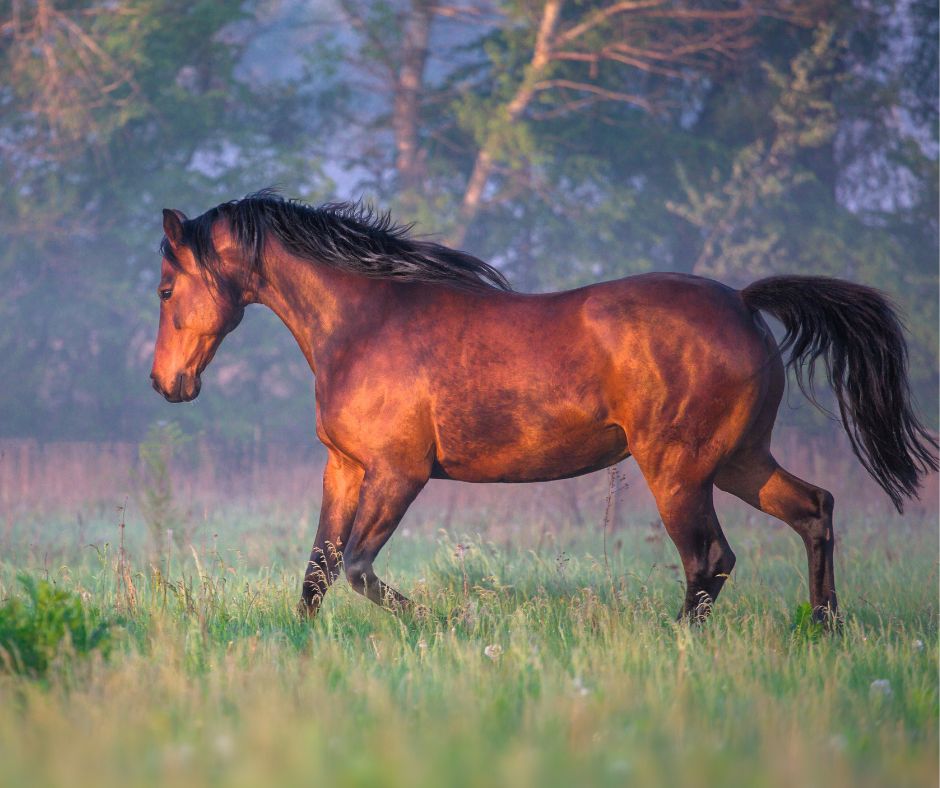-
Health Ailments
- All Conditions A-Z
- Acid Reflux
- ADHD
- Allergies
- Alzheimer's | Dementia
- Borax
- Cancer
- Chronic Pain
- Colds and Flu
- COPD
- Coronavirus
- Crohn's Disease
- Depression
- Fibromyalgia
- Erectile Dysfunction
- Heart Disease
- High Cholesterol
- IBS
- IPF
- Menopause
- Osteoarthritis
- Psoriasis
- Sinus Infections
- Type II Diabetes
Gallium Nitrate for Treating Navicular Disease in Horses

Navicular disease, also known as caudal heel syndrome, is a degenerative condition affecting a horse's foot. It often leads to lameness and chronic pain, making traditional treatments ineffective. In some cases, euthanasia may be recommended. However, gallium nitrate is emerging as a promising treatment for navicular disease.
How Gallium Nitrate Works
Anti-Inflammatory Properties
Gallium nitrate inhibits bone resorption and reduces inflammation. It has been shown to suppress the production of cytokines, which contribute to inflammation in conditions like navicular disease.
Restoring Bone Health
In addition to controlling inflammation, gallium nitrate supports bone health by inhibiting resorption and promoting healthy bone formation. This dual action helps alleviate pain and improve soundness in horses.
Dosage and Treatment Protocol
The recommended dosage for gallium nitrate is 500 cc of a 1% solution administered orally for 14 days. After the initial treatment, a two-week break may follow, but ongoing treatment can be necessary for long-term soundness, especially in severe cases.
Results and Efficacy
Pain Reduction
In studies, horses treated with gallium nitrate experienced a 50% reduction in pain within 14 days. Over 69% of horses showed improvement, with some achieving complete soundness. The effects lasted even after the treatment period ended.
Long-Term Benefits
Continuous treatment with gallium nitrate has been shown to maintain soundness for months or even years. Horses that had previously been unresponsive to traditional treatments improved significantly.
Safety and Side Effects
No significant side effects were reported in horses treated with gallium nitrate. Some horses displayed exuberant behavior when turned out after treatment, but there were no cases of gastrointestinal or renal issues.
Conclusion
Gallium nitrate offers a new and effective way to treat navicular disease in horses. Its anti-inflammatory and bone-supporting properties make it an ideal first-line treatment for managing lameness and restoring soundness in affected horses.
Sources
Navicular Disease in Horses
Natural Remedies
You must be logged in to this post! Please sign in:


